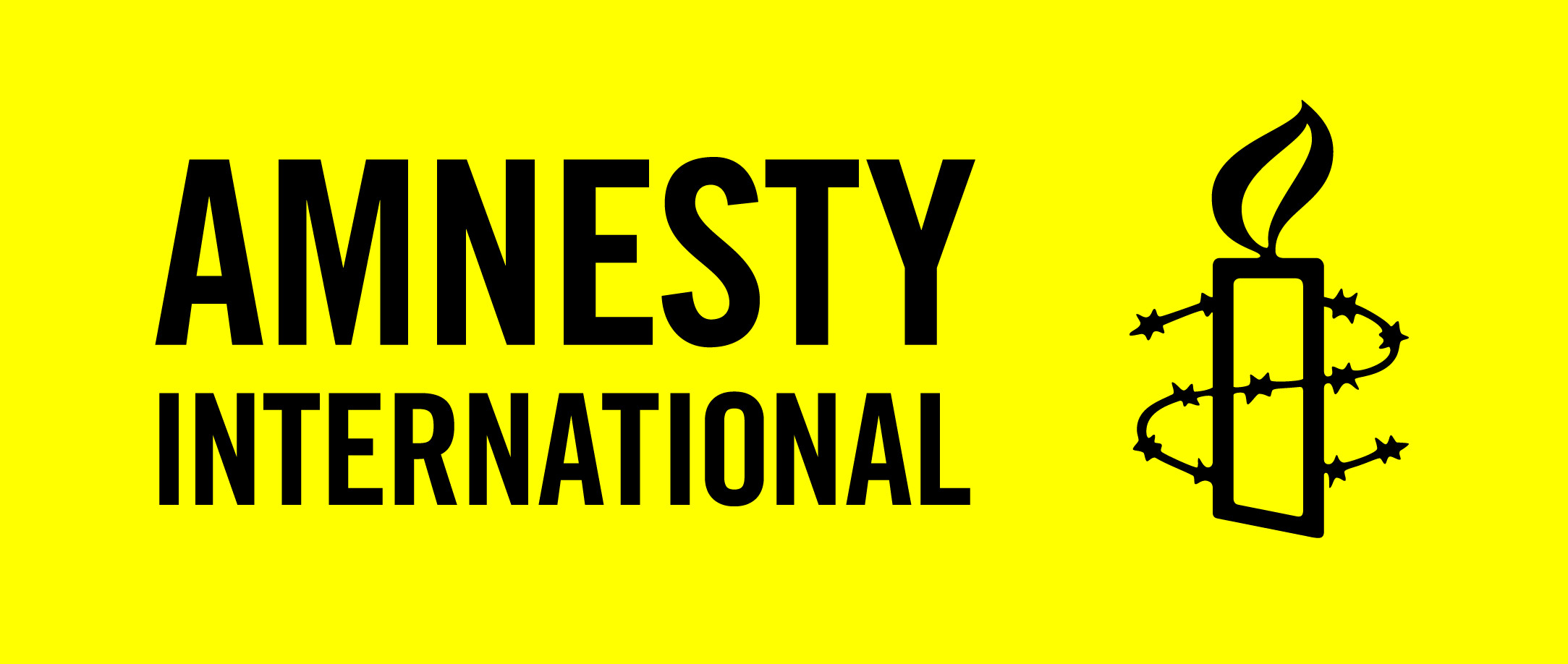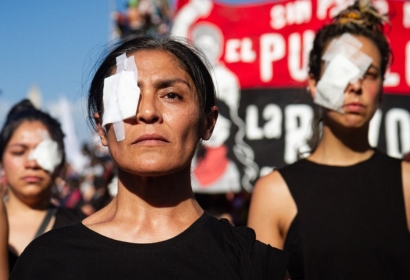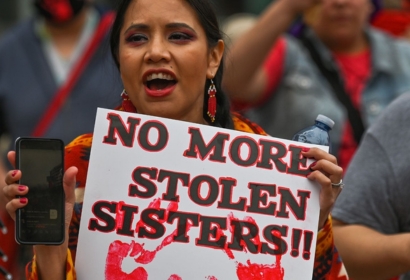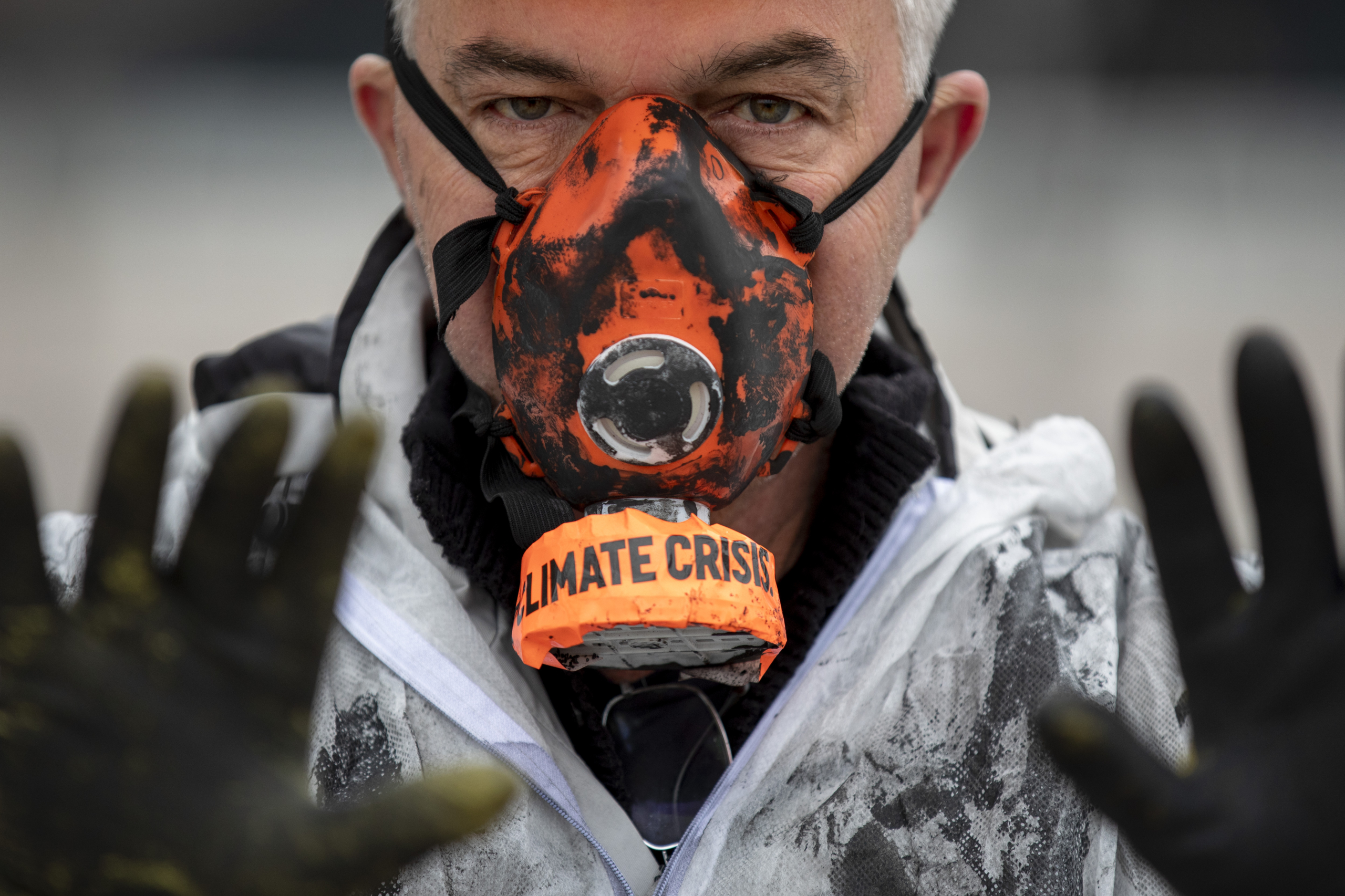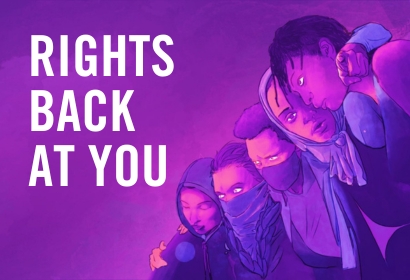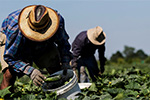“1. Indigenous peoples have the right, without discrimination, to the improvement of their economic and social conditions, including, inter alia, in the areas of education, employment, vocational training and retraining, housing, sanitation, health and social security. 2. States shall take effective measures and, where appropriate, special measures to ensure continuing improvement of their economic and social conditions.” – Article 21, UN Declaration on the Rights of Indigenous Peoples
Overcrowding can be a serious health risk, leading to the spread of viruses and mould causing respiratory and other illnesses like Tuberculosis, and even damage from harmful neurotoxins. Overcrowding is also directly related to increased mental health concerns, particularly in youth, including suicidal ideation and deaths from suicide. Violence and mental, physical and sexual abuse rates also increase in situations of overcrowding. During this global pandemic, people are being asked to self-isolate and are limited to gatherings of 5 people. However, when there is overcrowded housing, often two or three families living in one house, the risk of transmission is severe.
Linda Nothing is from Bearskin Lake First Nation, speaks Oji-cree and English fluently. Linda is working in Social Work in Siksika Nation, Alberta for the last four years. Prior to that, Linda worked in Nunavut as a supervisor in child welfare for the Government of NU. Linda also worked as a Circle of Care Facilitator at Wabano, in Ottawa, helping families and Children’s Aid Societies come to an understanding using mediation circles. Linda has a Bachelor of Social Sciences from the University of Ottawa and a Conflict Resolution Certificate from Mount Royal University. Linda has had the privilege of living in Ontario, Quebec, Manitoba, Saskatchewan, Alberta and Nunavut, mostly in northern communities.
Inadequate housing is one of the main reasons Indigenous children end up in provincial care. Indigenous children are 5 to 12 times more likely to end up in care than non-Indigenous children. Children are often apprehended because their families can not afford adequate lodging, food and clothes. In some cases, parents who lose custody on a temporary basis are then evicted from family-specific housing, making it much harder for children to return to their families because they no longer have a suitable home.
The federal government has an obligation to ensure that housing is secure and affordable – but support for Indigenous housing is still insufficient. The right to adequate housing was recognized in the 1948 Universal Declaration of Human Rights and the International Covenant on Economic, Social and Cultural Rights, to which Canada has been legally bound since 1976. The UN Declaration on the Rights of Indigenous People affirms State responsibility to ensure proper housing.
Housing Needs
The federal government estimates the Indigenous housing gap at $8.2 billion.
- Inuit Nunangat needs 4000 housing units
- First Nations need 80,000 housing units
- Eeyou Istchee needs 4,500 housing units
- over 50% of Indigenous people live in urban centres: a minimum of 50,000 units are needed in cities
Indigenous leadership and communities have proposed many strategies to remedy the housing gap, including innovative projects managed by communities. For example, Inuit Taparit Kanatari intends to establish a federal Inuit Nunangat Housing Grant mechanism as a long term, sustainable Inuit housing investment. The program will ensure direct Inuit access to, and eligibility for, federal housing funding that prioritizes longevity, predictability and flexibility in a way that respects Inuit self-determination. ITK will also identify federal programs that support housing-related community infrastructure to ensure improved access by Inuit and improved collaboration among responsible authorities.
The reasons for inadequate housing lie with Federal legislation. Land tenure in most Indigenous communities differs from that in the rest of Canada; under the Indian Act, reserve lands are held by the Crown “for the use and benefit of the respective bands for which they were set apart.” Ownership of lands on reserves is not the fee simple title that all other homeowners benefit from. The Indian Act restricts the seizure of lands, meaning that while Canadians living off-reserve can use their land as collateral when obtaining a mortgage, many Indigenous people cannot secure mortgages. As a result, people cannot build, and given the assessment/assumption of greater exposure to risk that structures in remote communities face, insurance is usually inaccessible or very expensive. Housing in remote northern communities is complicated by the extremely high costs of construction, operation and maintenance. For all these reasons, public, community-owned housing is often the only option.
Take Action
Advocate for the federal government to respect Indigenous rights and ensure every community has the resources they need.
